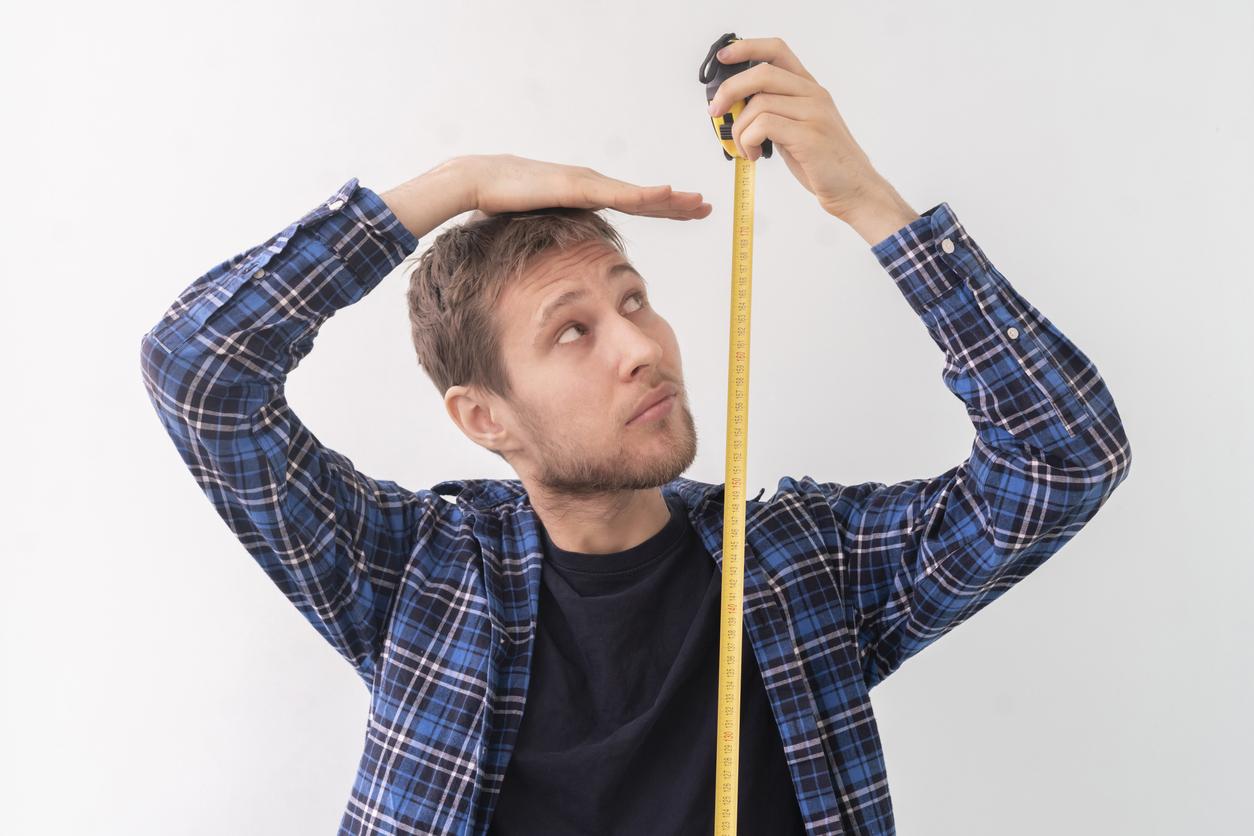Men and women use different biological systems to reduce pain, a new study suggests.

- Men and women experience pain relief differently.
- Men’s bodies relieve pain by releasing endogenous opioids, whereas women’s bodies favor non-opioid pathways.
- For researchers, the sex of the patient should be taken into account when prescribing pain treatment.
In seeking to evaluate the benefit of meditation in the management of chronic lower back pain, a team from the University of California San Francisco noticed that men and women did not use the same biological systems to relieve pain. pain. This could explain why women respond less well to opioid treatments.
The discovery was detailed in the journal PNAS NexusOctober 14, 2024.
Not the same pain management pathways depending on gender
During this study on pain and meditation, the researchers brought together 98 volunteers, including 51 women. Some participants were healthy while others were diagnosed with chronic lower back pain. They all completed a meditation training program and then practiced it while receiving either a placebo or a high dose of naloxone, a drug that blocks synthetic and endogenous opioids from working.
During the test, participants received a painful but harmless thermal stimulus to the back of the leg. Researchers measured and compared the amount of relief felt with meditation when the opioid system (a system in the body that plays a very important role in the functioning of the reward and pain circuit) was blocked or not. was not.
Analyzes showed that blocking the opioid system with naloxone reduced pain relief during meditation exercises in men. A completely different result was observed in women. Those who meditated after receiving naloxone had less suffering.
These data suggest that men mainly release endogenous opioids (the body’s natural painkillers) to reduce their pain while women’s bodies do not use non-opioid pathways.
Another observation: among men and women, people suffering from chronic pain and using meditation recorded greater relief from their pain than healthy participants.

Pain: adapt the treatment according to the sex of the patient
Women are known to be more likely to develop an addiction to synthetic opioid-based pain treatments. The predominance of non-opioid pathways in the management of suffering in women could explain this phenomenon, according to the study’s researchers.
“Although speculative, our results suggest that one reason women are more likely to become addicted to opioids is that they are biologically less responsive to them and must take more to experience pain relief.”explains author Professor Fadel Zeidan in a press release. He adds that they also emphasize “the need for more pain-specific therapies because many of the treatments we use don’t work as well for women as they do for men”. The scientist and his team therefore recommend adapting the treatment of pain to the sex of the patient.
“Sex-based differences in pain treatment are real and need to be taken more seriously when developing and prescribing pain treatment”concludes the expert.


















